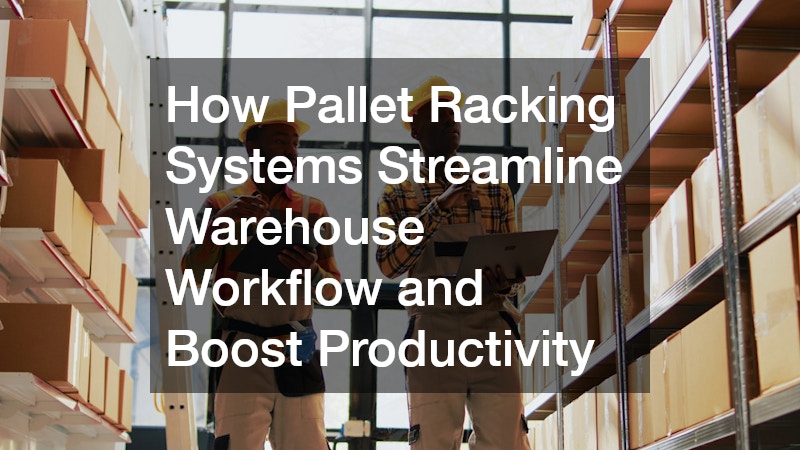Moving into a new home marks an exciting chapter, but the logistics of relocating can quickly become overwhelming. Whether you’re shifting from a one-bedroom apartment or a five-bedroom house, the support of professional removalists can ease the transition. However, not all moves are created equal.
The differences between apartment and house removals go beyond size and space, impacting everything from planning to execution.
Understanding the key distinctions can help you choose the right service, avoid unnecessary complications and ensure a smooth move tailored to your needs.
Access & Entry Points
One of the most significant differences between apartments and houses is access. Houses usually offer ground-level entry and private driveways, allowing movers to park close to the entrance and move items in and out without obstruction. In contrast, apartment moves often involve navigating tight corridors, shared lifts, stairwells and loading zones that are subject to strata or building management restrictions.
Professional movers who specialise in apartment relocations understand these constraints. They typically liaise with building managers ahead of time, book lift access and schedule moves during approved time slots. For high-rise buildings, they may use equipment like trolleys and lift protectors to prevent damage and meet compliance requirements.
Volume of Belongings
Another point of divergence is the volume and type of possessions typically found in houses versus apartments. Houses, especially family homes, tend to contain more furniture, garden tools, appliances and personal items accumulated over time. These larger loads require bigger trucks, more manpower and additional packing supplies.
Apartments generally hold fewer items due to limited space, making them quicker to pack and load. However, don’t assume an apartment move is automatically easier. Delicate manoeuvring of furniture through narrow staircases or small lifts can extend loading times and increase the risk of damage without the right expertise.
Parking & Council Permissions
With houses, parking is often more straightforward. There’s usually off-street space or at least easier roadside access. For apartments—especially in inner-city areas—parking can be a serious challenge. Some councils require permits for loading zones or truck parking, and failure to obtain these in advance may lead to fines or logistical delays.
An Experienced removalist accounts for this in their planning. They can assist with obtaining local council permits and will factor in the time and space constraints when quoting the job. This proactive approach prevents costly surprises and ensures a smoother experience on moving day.
Time & Cost Factors
Because house moves often involve more items and require greater truck capacity, they typically take longer and cost more. Apartment moves may be quicker, but added complexity with access or parking may offset these savings.
Removal companies often price services based on factors like time, access, distance and volume of items rather than simply the type of dwelling. Still, knowing the common differences can help you anticipate costs more accurately. For example, a move from a top-floor apartment with no lift will take significantly more time than a ground-floor unit with easy access.
Packing & Disassembly Needs
Household moves frequently involve disassembling large items such as beds, trampolines, cubby houses or outdoor furniture. This requires tools, time and often specialist knowledge. In contrast, apartment dwellers may own more modular or minimalist furnishings designed to fit small spaces.
Some removalists offer full-service options including packing, furniture disassembly and reassembly. These services are especially valuable when dealing with oversized items in small lifts or tight corners. A team familiar with apartment layouts can quickly work out the best angles and strategies to move items without damage.
Neighbourhood Considerations

When moving from a house, you generally have more freedom and fewer time constraints. You can start early, make noise and take breaks as needed. Apartments, however, often have noise restrictions, move-in windows and shared spaces that must be respected. You may even need to reserve elevators in advance and notify neighbours of your plans.
Professional movers know how to navigate these nuances. They work discreetly, maintain clear communication with building management and help coordinate logistics to meet all strata rules. This level of preparation prevents friction and ensures a respectful move for both you and your neighbours.
Whether you’re upsizing to a house or downsizing into an apartment, your choice of removalists can make or break the moving experience. While house moves often require larger vehicles and more staff, apartment relocations demand finesse, planning and local knowledge. Each move presents unique challenges, but with the right team on your side, it’s entirely manageable. Take the time to understand the differences, plan ahead and partner with moving companies who know how to navigate your specific situation



